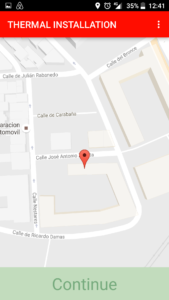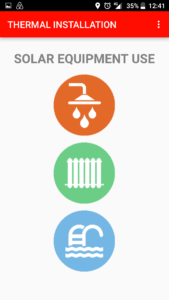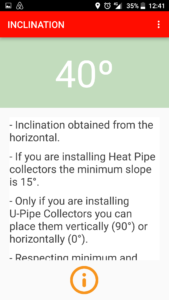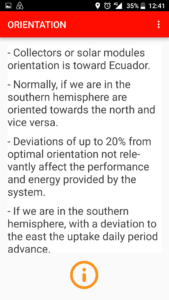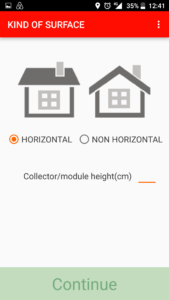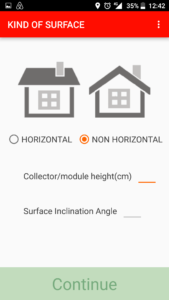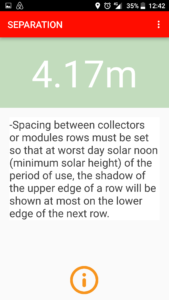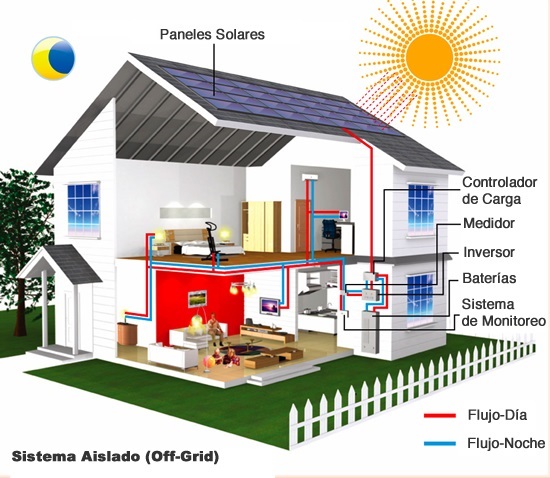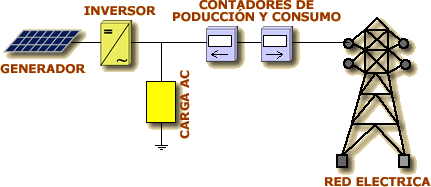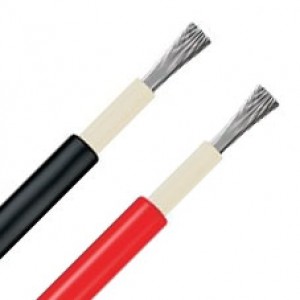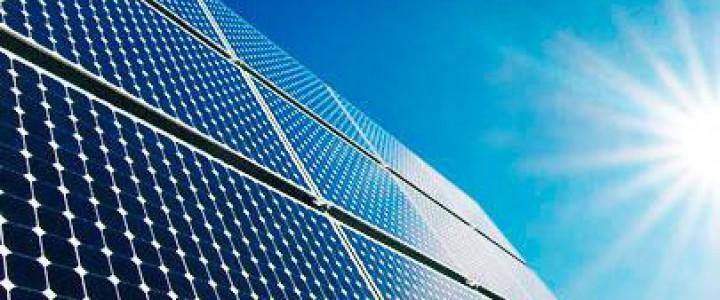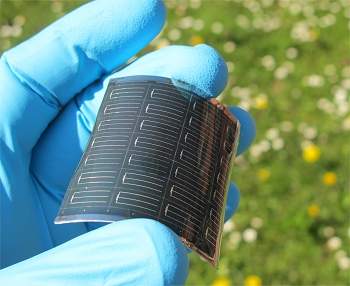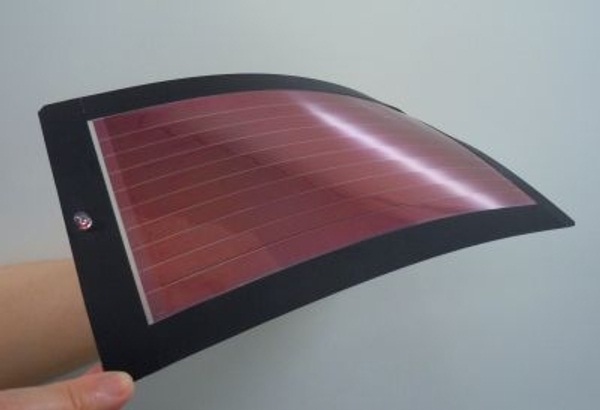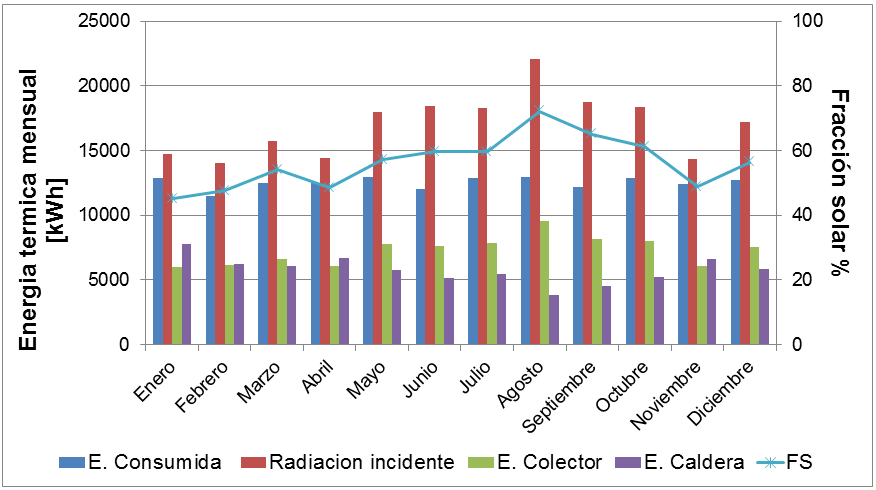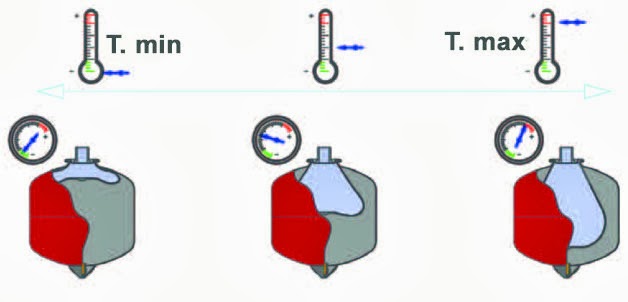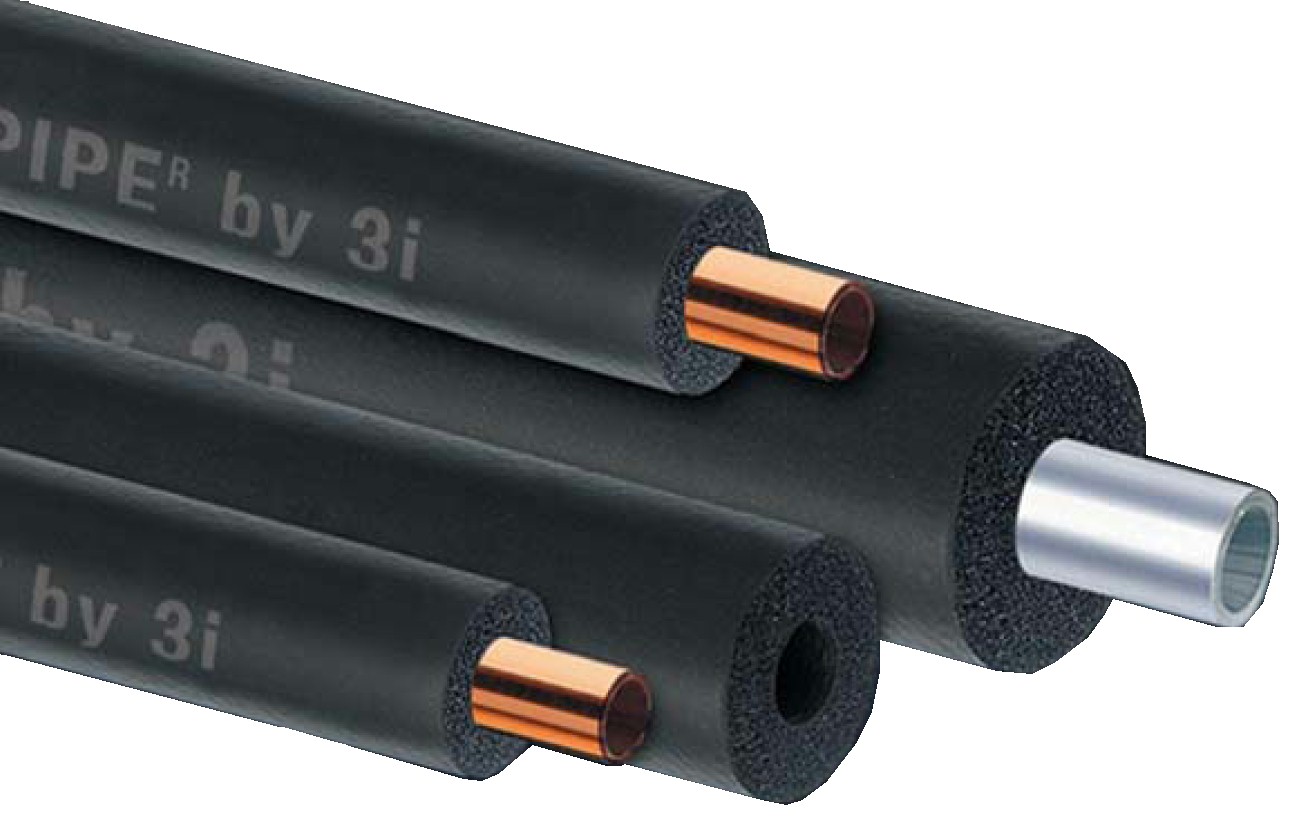Within the solar collectors without concentration we find the flat plate.
They were the most used, but have lost ground in favor of vacuum tube.
In flat collectors, the collector is located in a rectangular box (housing), whose usual dimensions are between 80 and 120 cm wide, 150 and 200 cm high, and 5 and 10 cm thick (although there are larger models).

The face exposed to the sun is covered by a very fine glass, while the remaining five faces are opaque and are thermally insulated.
Inside the box, on the face that is exposed to the sun, is placed a metal plate (absorber).
This plate is attached or welded to a series of conduits through which a heat transfer agent (usually water, glycol, or a mixture of both) flows.
A selective surface treatment is applied to mentioned plate or is simply black painted, to increase its heat absorption.
Flat solar collectors work taking advantage of greenhouse effect (the same principle that can be experienced when entering a car parked in the sun in summer).
After passing through the glass (transparent for wavelengths between 0.3 μm and 3 μm) radiation reaches absorber surface, which is heated and emits radiation with a wavelength between 4.5 μm 7.2 μm, for which the glass is opaque.
Approximately half of this last radiation diffuses to the outside, being lost; but the other half returns inward and thus contributes to absorber surface further heating.
As it passes through the box, the heat transfer fluid heats up and increases its temperature at absorber expense, which temperature will decrease.
The heat transfer fluid then transports that heat energy to where it is desired.

The flat solar collector is formed by 4 main elements:
1) Transparent cover: it must possess the necessary qualities (suitable transmission and thermal conductivity coefficients) to provoke the greenhouse effect and to losses reduce; ensuring manifold water and air sealing, in conjunction with housing and joints; do not keep outer surface dirt adhering so that rain easily slips.
2) Absorber: receives the solar radiation and converts it into heat that is transmitted to the heat transfer fluid.
Shapes are diverse: metal plates separated by a few millimeters, a metal plate with welded or embedded tubes or two metal plates with a circuit inside.
Face exposed to sun must capture the largest radiation amount so it is usually black painted or endowed with a selective surface (very absorbent to radiation and with low emissivity).
Paints are cheaper than selective surfaces and have a better overall thermal behavior at near-ambient temperatures, but are marred by ultraviolet radiation continued action and temperature variations between day and night.
Selective surfaces generally have a better behavior and are obtained by several layers superposition (metal and metal compounds) or special surface treatments.
The most modern manufacturing technique is laser welding.
3) Insulation: it is used to reduce thermal losses in absorber rear part that must be of low thermal conductivity. Materials can be glass wool, rock wool, cork, polyethylene or polyurethane.
4) Housing: generally made of aluminum or stainless steel, it protects and supports manifold elements, also allowing manifold anchoring and holding to assembly structure. It must withstand temperature changes (dilatations) without tightness losing and must resist corrosion.
Solar energy wherever you are with Sopelia.




